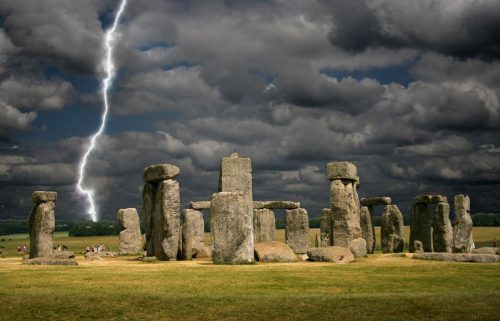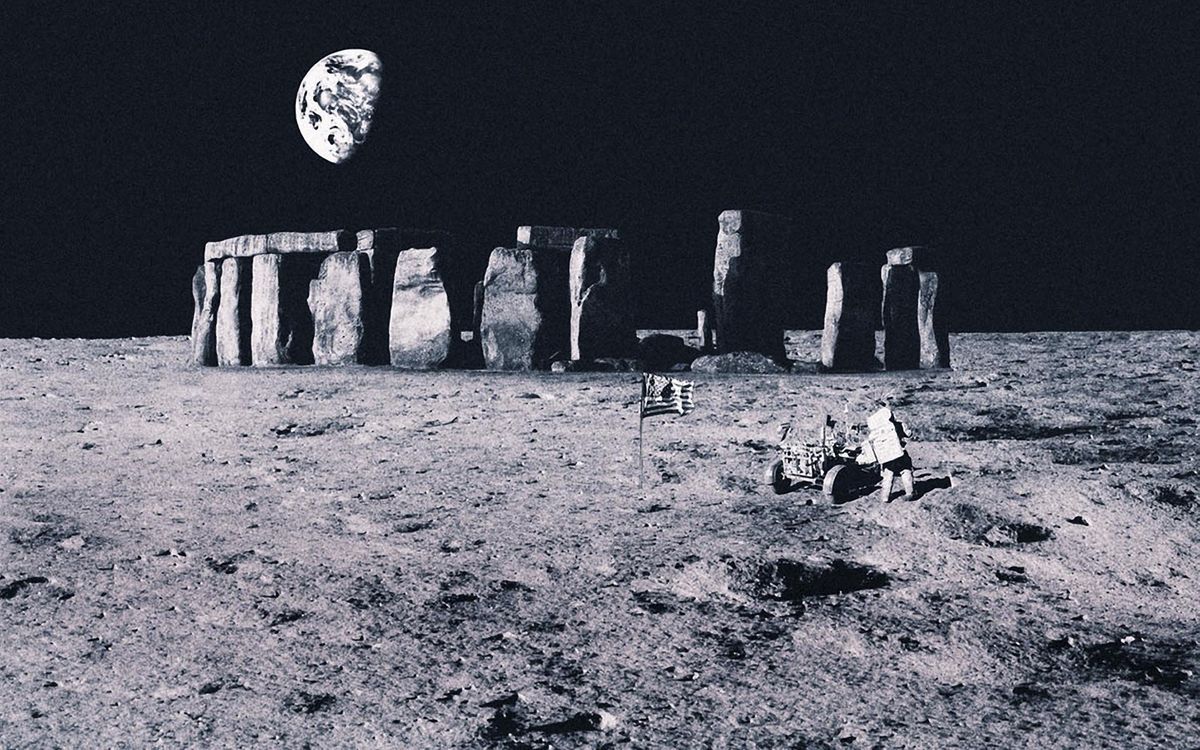One of the most popular ancient buildings is located near London. It includes large stones up to 7 m high and weighing up to 50 tons . The British have always been interested in the age, builders and purpose of the monument.
In the middle of the XVIII century, William Stukely reconstructed the placement of stones on paper and tried to determine the age of Stonehenge. According to the researcher, it was erected in 460 BC.

However, Stukely made a mistake in his calculations. But it was he who suggested that the monument was built by ancient druids. Prior to the researcher’s hypothesis, it was believed in Britain that Merlin, the wizard of legends, was involved in the construction of Stonehenge. With the help of an astronomer, Stukely concluded that the druids, knowing about the magnetic field of the planet, built a monument in the direction of the magnetic pole.
Stonehenge: versions about the origin and purpose
In the 60s of the XX century, during the restoration of Stonehenge, astronomers Hawkins and White decided that the monument was a large observatory. The version has become popular among millions of people.
In the unscientific sphere, it was believed that Stonehenge was a hospital in which people were energized from space and got rid of diseases. Proponents of the theory of the origin of mankind from extraterrestrials believed that the ancient monument was a message from extraterrestrial beings to their descendants – humans.
The author of the following hypothesis was the writer and art historian Julian Spaulding, who claimed that the monument is a place of worship of the gods. And the stones of Stonehenge are piles on which there was a wooden platform, its diameter was 30 m, and it has not been preserved. In addition, there were floors on the platform, on the last of them there was an altar. Spaulding believed that ancient people wanted to be closer to the gods, and that the latter would hear their prayers.
 Another hypothesis was put forward by Professor of archaeology Pearson. While conducting excavations, scientists have discovered many human remains. Most importantly, the analysis revealed that the age ranges from 3030 – 2880 to 2570 – 2340 BC. Thus, the burials continued for 600 years, just at the time when the famous monument was being built. But 240 people were buried, which means that not everyone could find eternal rest there. Pearson assumed that this monument was the burial place of the nobility.
Another hypothesis was put forward by Professor of archaeology Pearson. While conducting excavations, scientists have discovered many human remains. Most importantly, the analysis revealed that the age ranges from 3030 – 2880 to 2570 – 2340 BC. Thus, the burials continued for 600 years, just at the time when the famous monument was being built. But 240 people were buried, which means that not everyone could find eternal rest there. Pearson assumed that this monument was the burial place of the nobility.
As for the construction of Stonehenge, at the end of the XX century it was revealed that the monument was erected in three steps.
First, people made a moat and a rampart. Inside the moat, researchers found the remains of deer antlers (3020 – 2910 BC).
Then the ancient people filled up the moat with earth, built wooden structures, put crushed chalk in the holes.
The third step (2440 – 2100 BC). People erected these huge stones.
Stonehenge is fraught with many mysteries, and it is unknown whether they will be finally revealed. Giant stones give room for imagination and the advancement of various hypotheses. All of them are attractive in their own way, but no one knows which one is the right one.



































